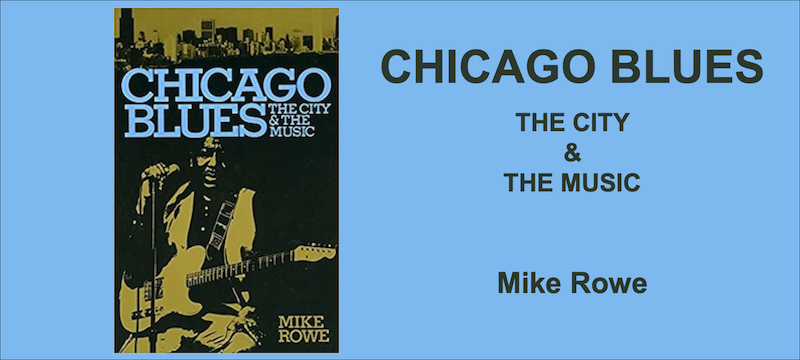What became apparent to the music world in the 1940’s and 1950’s had really started in the 1920’s as Country Blues musicians were among the many Southern Blacks who migrated to Chicago, in search of economic and racial freedom.
Once transplanted, their rural music evolved and was transformed by the urban city experience into what we now call Chicago Blues.

Chicago The City Of Blues
You could say it’s one of the “cities of Blues.”
The migration of black people from the rural South to the urban North didn’t occur haphazardly. People almost always took the most direct route to one of three urban centers, New York, Los Angeles, or Chicago. And for Chicago, that route was served by the Illinois Central railroad.
That railroad line cut through the heart of Delta Blues country. A straight shot from New Orleans to the windy city. That’s why the Chicago Blues was so heavily influenced by the Delta Blues style.
“Life was going to be pretty rugged in Chicago, too, but with good prospects of day-time employment and the wide-open club scene beckoning, they flocked to Chicago with hopes and heads held high.”
How Is Chicago Blues Different?
The evolution of a Chicago Bluesman’s career would be something like this: street-singer, to house party singer, to small club singer, to big club singer.
As the music moved into the clubs it became more disciplined. Every club had a piano and adding the piano to the band forced Bluesmen to pay more attention to rhythm and timing. They also needed to simply play louder. So amplifying their instruments (guitar, bass, harmonica) and even distorting them, was a natural development.
It’s this amplification that’s often thought of as the Chicago Blues Sound.
The Rise Of Independent Record Labels
In the post World War II years, major record labels turned away from the Blues.
This vacuum was filled by the rise of a number of independent record companies. These companies created a lot of opportunities for Chicago Bluesmen to record and take their chance at fame. Throughout the book Rowe lists a dizzying number of these independents. They fueled a great deal of the rise in the Blues’ popularity.
Ultimately Chess Records became the dominant label and their artists saw the greatest success. Their artists, Muddy Waters, Howlin’ Wolf, and others, have become Blues household names.
“The Blues are the Roots, the Rest are the Fruits” ~ Willie Dixon
Is The Blues Still Popular Today?
Absolutely!
But by the late 1950’s the Blues’ popularity in Chicago was slipping. Rock and Roll was changing audience tastes. And the audience itself was shrinking.
Record labels died, clubs closed, radio airplay lessened, and only the artists who had already made a name for themselves survived in any meaningful way financially.
By the 1960’s the Blues “goldrush” in Chicago was over.
But the impact of that music never died. Many of those early Chicago artists are revered by today’s musicians. As well they should be. Those Bluesmen (and Blueswomen) are great sources of inspiration. They set a high bar for musical authenticity and emotion while entertaining a lot of people.
And for a time, it all happened in Chicago.
Thanks for reading!
Jon Beres
I’m one part Blues Fan and one part Digital Native (with a dash of Curmudgeon.) I’m also the publisher of AlltheWayBlue.com. If you love the Blues, I have a feeling we’ll get along just fine - cheers!
Download this FREE Blues Resource Guide and keep up with everything that's going on in the world of Blues Music.
